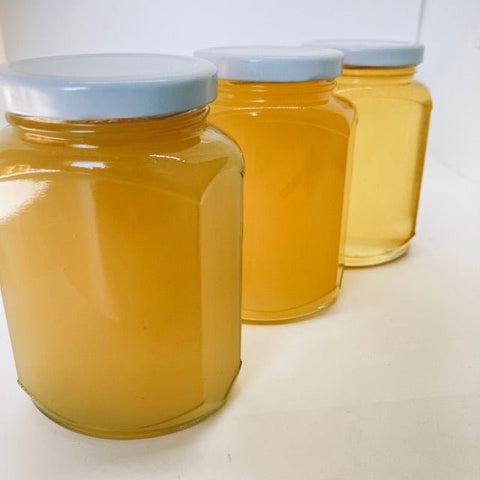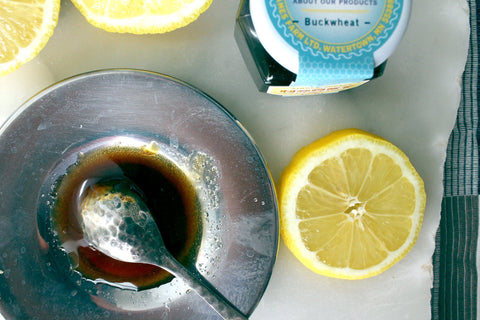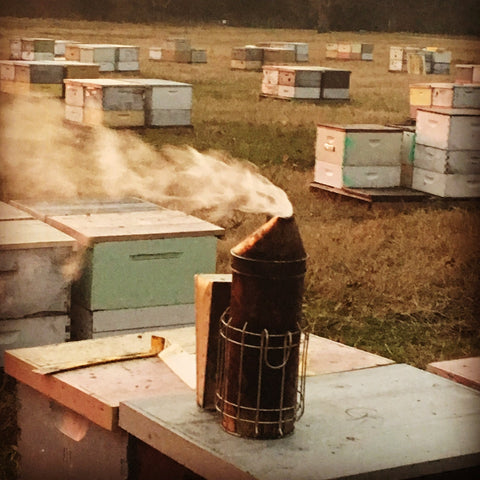If you’ve ever met us at the Mill City Farmer’s Market and got to talking about our beehives and honey production, you know we are seriously obsessed! Just mention the two innocuous words “honey sticks” to our owner, Brian, and you’re likely to get a point-by-point schooling on the health benefits of truly raw honey versus the processed honey that conveniently stays liquid in long narrow tubes indefinitely. Then he might offer you sample after sample of great, distinct honey varieties—pointing out the floral, lime, mint flavor of basswood and the nearly-cheesy tang in dandelion—and now he’s handing you a spoon of something that’s sweet, floral but also kind of grainy and hard. Wait, is that normal?

Totally normal—in fact, it’s what honey does naturally. Honey that appears clear and liquid has either been recently bottled (good!) or has been warmed (or maybe seriously heated) some time ago, so it has retained its liquid state. But when left alone, extracted raw natural honey will always strive to crystallize itself because of its inherent “dry” properties (it’s usually only 18% water) and glucose content.

We prefer honey in its more natural, unheated state for a good reason—its status as a superfood is unmatched in antiviral, antibacterial, and immunity-boosting properties; it’s said to contain over 200 components like enzymes, amino acids, and minerals. Crystallized honey might look grainy, cloudy, and even lighter in color than its original liquid state, but this change doesn’t impact its nutritional quality at all as long as the sole ingredient is honey. In fact, the more honey is heated, the more of those 200-some beneficial components can potentially be lost.

Our Single Source Honey varieties are not heated, so they will crystallize and become grainy within months (or weeks, depending on the floral source). Our creamed Blooming Prairie honey is purposefully crystallized to get its extra fine, spreadable texture through a special seeding process. But what if a delicious jar of single-source honey has gone and crystallized and you absolutely need it to be liquid? Simply place the closed glass jar in a bowl of very hot water, gently warming the crystallized honey back to its liquid state. Visit our Recipe Box to see our favorite culinary uses of honey, liquid and/or crystallized!




